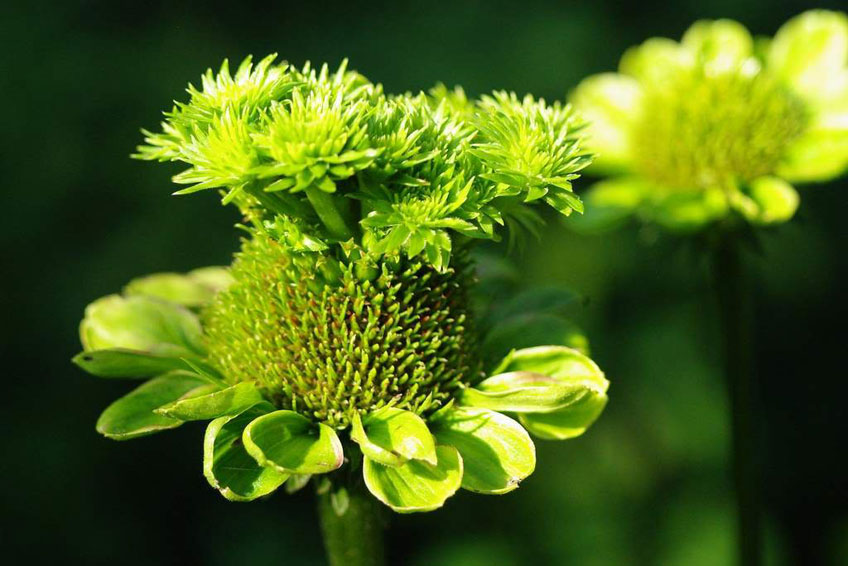The Aster Yellows virus was recently detected in New South Wales and Victorian gardens.
Plants affected by this easily-transmitted disease should be disposed of, not composted. Here's how to recognise the symptoms.

Aster Yellows damage on Coneflowers. Photo - Alan Lorence (www.itsnotworkitsgardening.com)
What is it?
‘Aster Yellows’ is a cross between a bacteria and a virus called a phytoplasma. It is transmitted by sap-sucking insects such as leaf-hoppers,
thrip and aphids. As they feed these insects leave some of their saliva behind, so if at any time they have fed on an Aster Yellows host plant the
disease will be transmitted easily.
Which plants are affected?
It can be a big problem for a wide variety of perennial plants, including asters, daisies, geranium, foxgloves, gazania and coneflowers. It can also be
devastating to a variety of vegetables including broccoli, carrots and potatoes.
Symptoms include green, discoloured or malformed flowers, including tufted growth on the flowers, and pale green foliage. The damage is often mistaken
for herbicide damage. Tall plants can appear stunted. Leaf veins can appear faded or yellow. Leaves will eventually become chlorotic. Flowers may remaining
green and may grow smaller, twisted flower heads from their centers (as pictured above). The disease will eventually kill parts of the plant clump.
How do we control Aster Yellows?
It is very hard to treat Aster Yellows, but it can be controlled by pulling out affected plants and disposing of them in the bin, not the compost.
Regular spraying with our Magic Mix, which
contains Eco-neem oil, will help your plants become less susceptible to sap-sucking insect attack, and therefore less likely to be affected by disease.